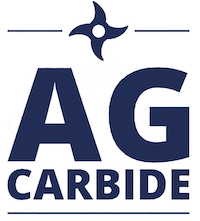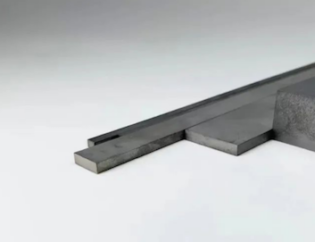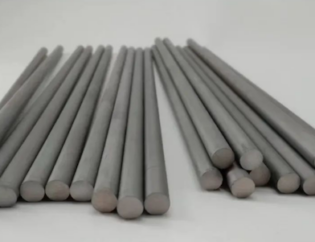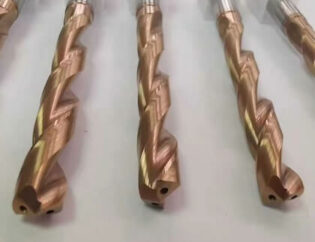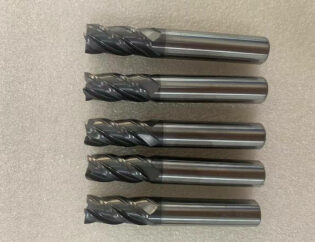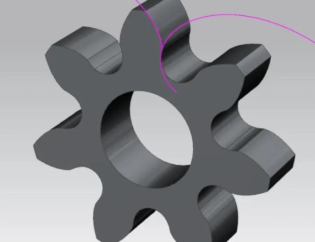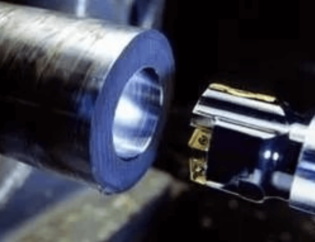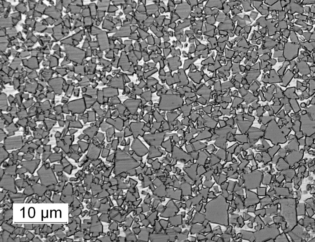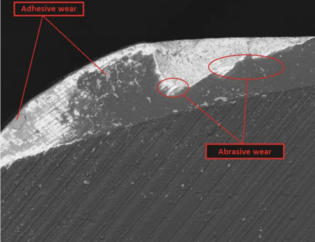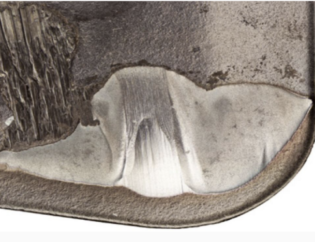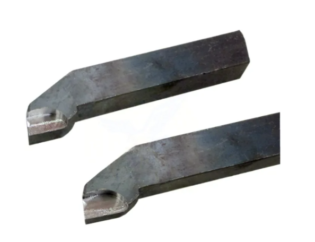In mechanical processing, hole processing accounts for about 1/5 of its total processing, and drilling accounts for about 30% of the entire hole processing. I believe that the gold powders working in the drilling line will not be unfamiliar with the understanding of drill bits. When purchasing drill bits, there will be drill bits of different materials and colors. So what is the difference between drill bits of different colors? Does the color have anything to do with the quality of the drill bits? Which color drill bit is better to buy?
In mechanical processing, hole processing accounts for about 1/5 of its total processing, and drilling accounts for about 30% of the entire hole processing. I believe that the gold powders working in the drilling line will not be unfamiliar with the understanding of drill bits. When purchasing drill bits, there will be drill bits of different materials and colors. So what is the difference between drill bits of different colors? Does the color have anything to do with the quality of the drill bits? Which color drill bit is better to buy?
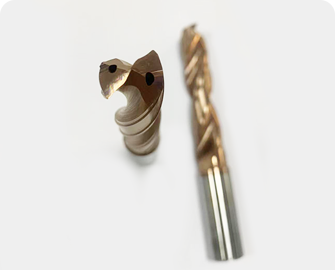
Does the color of the drill have anything to do with the quality?
First of all: it is impossible to distinguish the quality of the drill from the color alone. There is no direct and inevitable relationship between color and quality. Different colors of drills mainly have different processing techniques. Of course, a rough judgment can be made from the color, but the current poor quality drills are also It will process its own color to achieve the appearance of a high-quality drill.
What is the difference between different colored drill bits
High-quality fully ground high-speed steel drill bits often appear in white. Of course, rolled drill bits can also achieve white color by fine grinding the outer circle. The reason for high quality is not only the material itself, but also the quality control during the grinding process. Quite strict, no burns will appear on the surface of the tool. Black is a nitrided drill bit, which is a chemical method to improve the durability of the tool after placing the finished tool in a mixture of ammonia and water vapor, and after thermal insulation treatment at 540~560C°. At present, most of the black drill bits on the market are only black in color (in order to cover up the burn or black skin on the surface of the tool), but the actual use effect has not been effectively improved.
There are 3 processes for producing drill bits, black is rolling, the worst. The white ones are edged and polished. Unlike rolling, high temperature oxidation does not occur, so the grain structure of steel is not damaged, and it is used to drill workpieces with slightly higher hardness. The yellow-brown drill bit is called cobalt-bearing drill in the industry. This is the unspoken rule of this drill bit industry. Cobalt-containing diamonds are originally white, and are produced by grinding. When atomized later, they are made into yellowish brown (generally called amber), which is currently the best in circulation. M35 (Co 5%) also has a golden color. This drill is called titanium-plated drill, which is divided into decorative plating and industrial plating. Decorative plating has no effect at all, it is beautiful and golden. Industrial plating is very good, the hardness can reach HRC78, which is higher than the hardness of cobalt-containing diamonds (HRC54).
How to choose a drill
Since color is not a criterion for judging the quality of a drill, how to choose a drill?
Judging from experience, generally speaking, the white ones are generally all ground high-speed steel bits, and the quality should be the best. The golden ones are titanium nitride plated, which are generally either the best ones, or the poor ones that fool people. The quality of black is also uneven, and some are made of poor carbon tool steel, which is easy to anneal and easy to rust, so it needs to be blackened.
Generally, when buying a drill, you can see the trademark on the drill shank and the logo of the diameter tolerance. The logo is clear, and the quality of laser or electrical corrosion will not be too bad. If it is a character-molded character, if the edge of the character is bulged, the quality of the drill bit is poor, because the bulging character outline will cause the bit clamping accuracy to fail to meet the requirements, and the edge of the character is clear, very good and the cylindrical surface of the drill shank The junction is of good quality. In addition, it depends on the cutting edge of the drill tip. The edge of the fully ground drill is well opened, and the helical surface meets the requirements, while the quality of the poor quality is very poor at the relief surface.
Drilling accuracy
After selecting the drill bit, let’s take a look at the drilling accuracy. The accuracy of the hole is mainly composed of factors such as aperture size, position accuracy, coaxiality, roundness, surface roughness and orifice burr.
Factors affecting the accuracy of the machined hole during drilling:
①The clamping accuracy and cutting conditions of the drill bit, such as tool holder, cutting speed, feed rate, cutting fluid, etc.;
②The size and shape of the drill bit, such as the length of the drill bit, the shape of the blade, the shape of the drill core, etc.;
③The shape of the workpiece, such as the shape of the side of the orifice, the shape of the orifice, the thickness, the state of the card, etc.
1. Reaming
The reaming is caused by the oscillation of the drill bit during processing. The swing of the tool holder has a great influence on the hole diameter and the positioning accuracy of the hole, so when the tool holder is seriously worn, a new tool holder should be replaced in time. When drilling small holes, it is difficult to measure and adjust the swing, so it is best to use a thick-shank small-diameter drill with a good coaxiality between the blade and the shank. When machining with a regrind drill, the reason for the decrease in hole accuracy is mostly due to the asymmetry of the back shape. Controlling the edge height difference can effectively restrain the cutting and expanding of the hole.
2. The roundness of the hole
Due to the vibration of the drill bit, the drilled hole pattern is easy to be polygonal, and there are lines on the hole wall like a double line. Common polygon holes are mostly triangles or pentagons. The reason for the triangular hole is that the drill has two centers of rotation when drilling, and they vibrate at a frequency of every 600 exchanges. The main reason for the vibration is the unbalanced cutting resistance. Well, the resistance is unbalanced during the second turn of cutting, and the last vibration is repeated again, but the vibration phase is shifted to a certain extent, resulting in the appearance of double-line lines on the hole wall. When the drilling depth reaches a certain level, the friction between the edge surface of the drill bit and the hole wall increases, the vibration is attenuated, the reciprocating line disappears, and the roundness becomes better. This hole type is funnel-shaped when viewed from the longitudinal section. For the same reason, pentagonal and heptagonal holes may also appear in cutting. In order to eliminate this phenomenon, in addition to controlling the vibration of the chuck, the height difference of the cutting edge, and the asymmetry of the shape of the back and the blade, it is also necessary to improve the rigidity of the drill bit, increase the feed per revolution, reduce the clearance angle, and regrind. Chiseling and other measures.
3. Drill holes on inclined and curved surfaces
When the cutting surface or drilling surface of the drill bit is an inclined surface, a curved surface or a step, the positioning accuracy is poor. Because the drill bit is a radial one-sided cutting surface at this time, the tool life is reduced.
To improve the positioning accuracy, the following measures can be taken:
1) Drill the center hole first;
2) Mill the hole seat with an end mill;
3) Choose a drill with good penetration and rigidity;
4) Decrease the feed rate.
4. Treatment of burrs
During drilling, burrs will appear at the entrance and exit of the hole, especially when machining tough materials and thin plates. The reason is that when the drill bit is about to drill through, the material to be processed is plastically deformed. At this time, the triangular part that should be cut by the edge of the drill bit near the outer edge is deformed and bent to the outside under the action of the axial cutting force, and is at the outer edge of the drill bit. Under the action of the chamfer and the edge of the land, it is further curled to form a curl or a burr.
